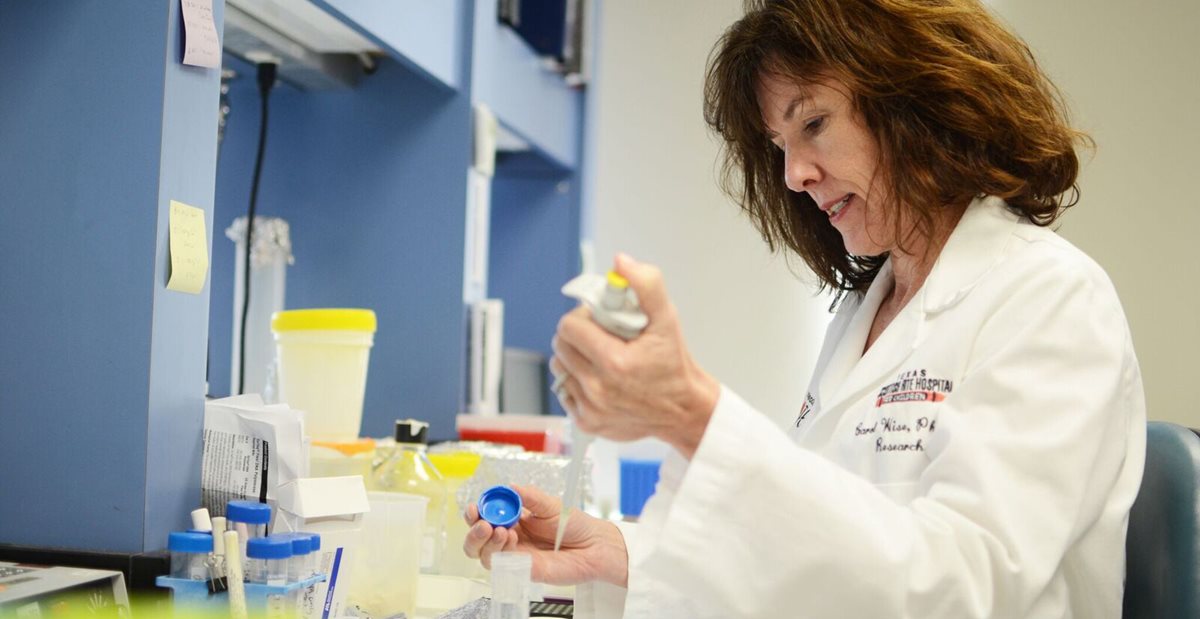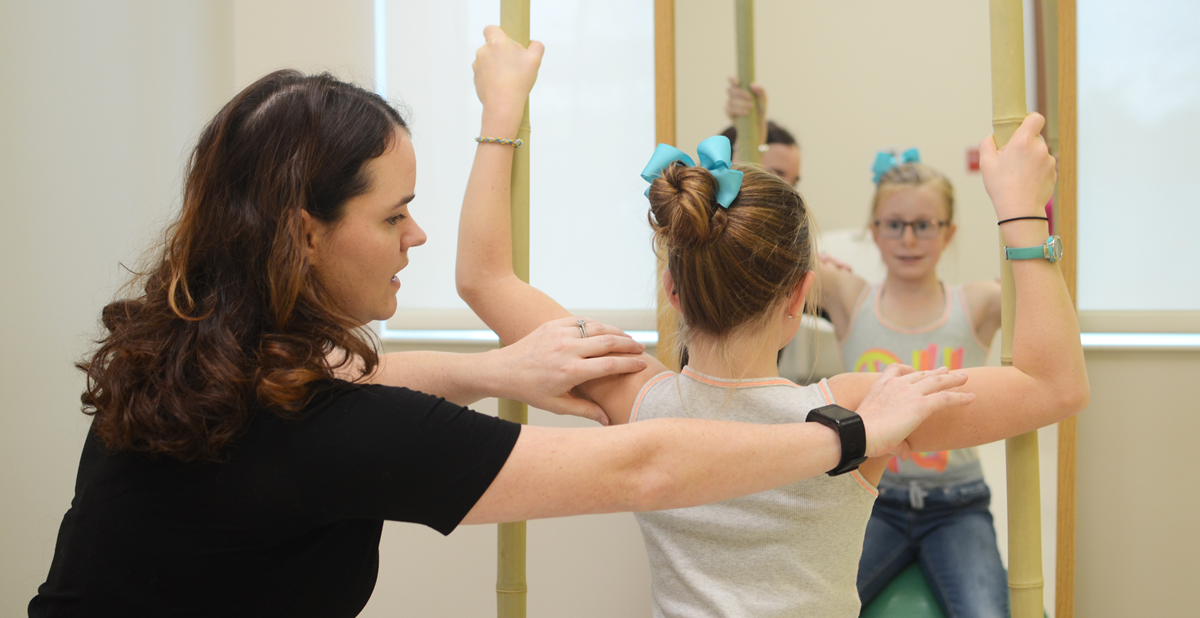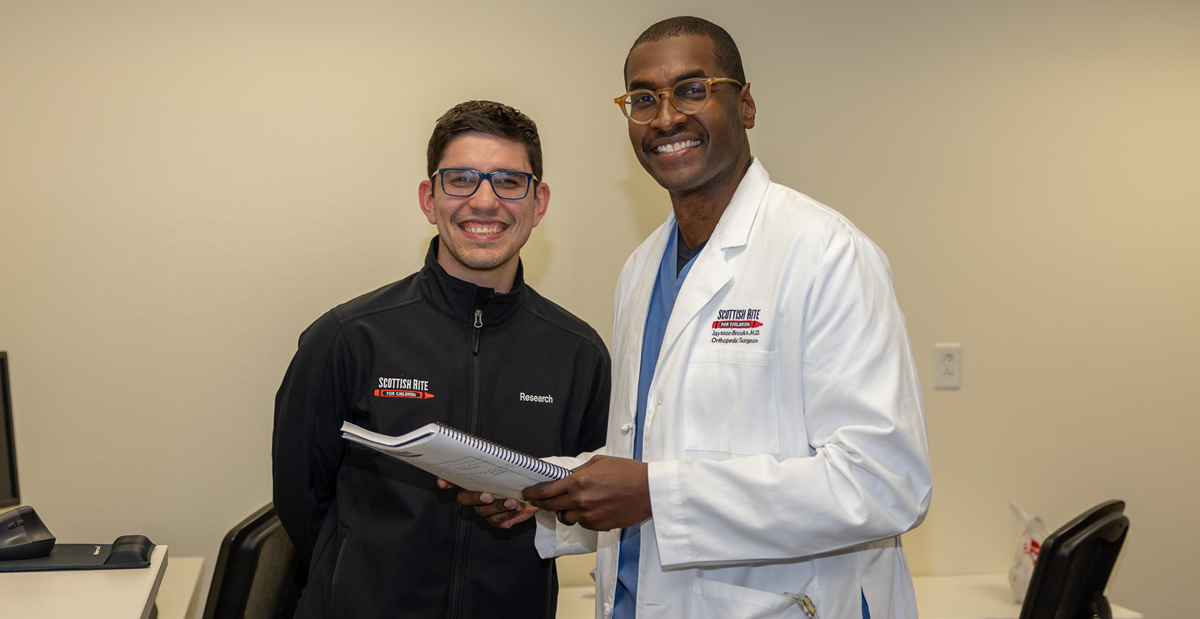
Dec 07, 2015 / Research & Innovation
Genetic Mutation That Causes Childhood Bone Disorder Discovered
Texas Scottish Rite Hospital and two other medical institutions publish groundbreaking study
Researchers at Texas Scottish Rite Hospital for Children and two other medical institutions have discovered the genetic mutations that cause osteofibrous dysplasia, a disorder that is marked by lesions, usually in the bones of the lower leg such as the tibia and fibula. The condition adversely affects the growth and strength of those bones in children.
The discovery was made possible after researchers learned of multiple generations of four families that had suffered from the disease. The study was published Thursday in The American Journal of Human Genetics.
The research by Scottish Rite Hospital, New Zealand’s Dunedin School of Medicine and The Hospital for Sick Kids in Toronto built on earlier work by Scottish Rite Hospital’s Dr. Lori Karol, who published a paper in 2005 in The Journal of Bone and Joint Surgery establishing a genetic link to osteofibrous dysplasia. However, the causal genetic mutation was not identified at the time.
Dr. Karol based her research on a Texarkana patient. It turned out there was family history, which was unusual because osteofibrous dysplasia was not thought to be genetic. In fact, physicians at Scottish Rite Hospital had treated two previous generations of the family in the 1950s and ’70s.
The researchers in New Zealand and Canada contacted Dr. Karol about similar patient families in their practices, and the three groups subsequently teamed up to study the gene further.
Dr. Carol Wise, director of basic research, led the efforts at Scottish Rite Hospital that discovered the causal gene in the Texarkana family. Dr. Wise was joined in the study by Scottish Rite Hospital’s Dr. Karl Rathjen and hospital scientists Drs. Swarkar Sharma, Jonathan Rios, Nandina Paria and Dongping Zhang.
They discovered a mutation in the MET gene, which has been studied extensively and is implicated in noninherited cancerous tumors later in life. However, its role in controlling the growth and development of long bones such as the tibia and fibula was not appreciated until now.
“This discovery brings fundamental new insight into our understanding of how certain bones grow and develop in children. It may also provide new avenues for targeted therapies to improve bone growth or repair,” Dr. Wise said.
The work performed at Texas Scottish Rite Hospital for Children was funded by the G.O.O.D. for Kids program, the Pediatric Orthopedic Society of North America and the National Institutes of Health. Drs. Wise, Rios, Karol and Rathjen are faculty members at the UT Southwestern Medical Center in the departments of Orthopaedic Surgery (Wise, Rios, Karol, Rathjen) and Pediatrics (Wise, Rios) and in the McDermott Center for Human Growth and Development (Wise, Rios).



